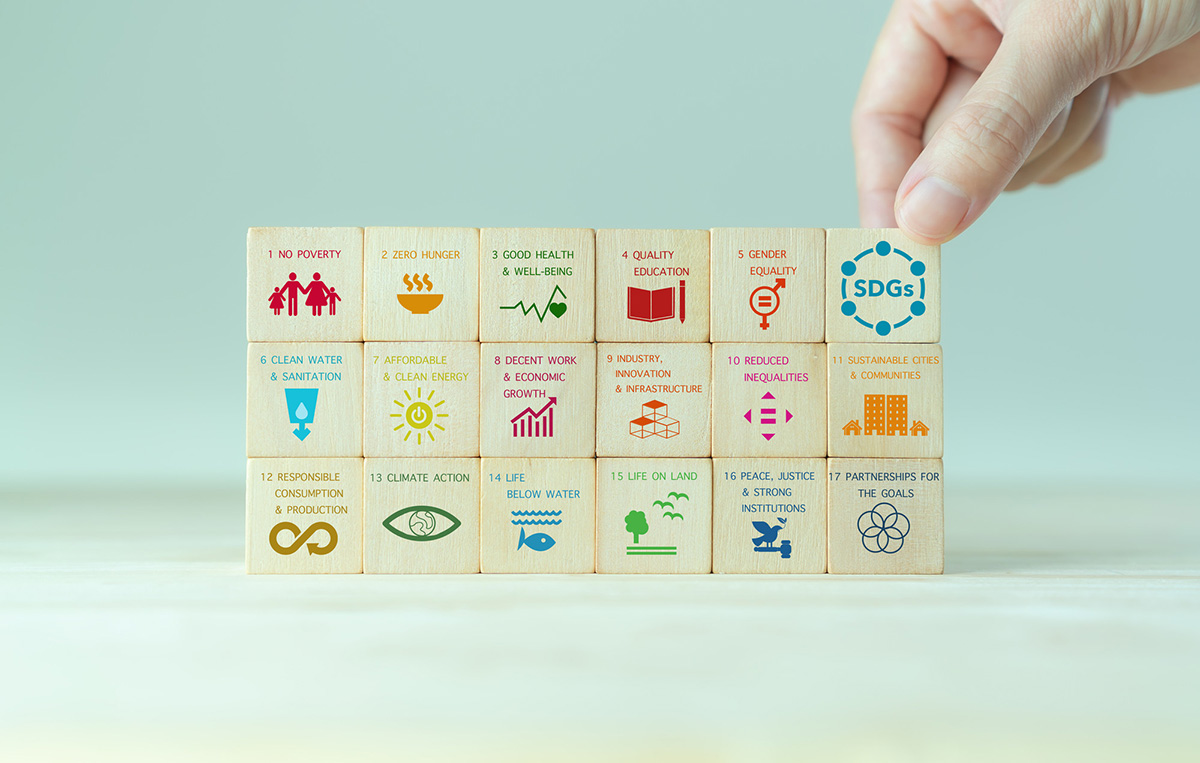UN Women and the United Nations Development Programme (UNDP) have introduced a new method to measure the status and progress of women’s empowerment.
The new framework entails the use of Women’s Empowerment Index (WEI) and the Global Gender Parity Index (GGPI), which will be used to score countries’ gender parity and women’s empowerment.
The methodology is inspired by the findings of The paths to Equal: Twin indices on women’s empowerment and gender equality, a report by the two UN bodies that showed less than one per cent of women and girls live in countries with both high levels of women’s empowerment and gender parity.
Further, more than 90 per cent of the world’s female population—3.1 billion women and girls—live in countries characterised by a large women’s empowerment deficit and a large gender gap. In the first implementation of the new model, women living in developed countries were also found to be disenfranchised.
“This eye-opening analysis shows that higher human development is not by itself a sufficient condition, as more than half the countries with low and middle performance in the women’s empowerment index and global parity index fall in the very high and high human development groups,” said UNDP administrator Achim Steiner, in a press release launching the framework.
“More than half the countries in this group (114 countries analysed) are in the high (21 countries) or very high human development group (26 countries), signifying that higher human development does not automatically translate into women’s empowerment and gender equality.”
The agencies also noted that although previous frameworks such as 1995 Beijing Declaration have enabled gender-sensitive monitoring, with just seven years remaining to achieve the Sustainable Development Goals (SDGs), greater efforts are needed to find the root causes of gender inequality.
Some of the dimensions that will be taken into account by the new indices include life and good health, labour and financial inclusion, participation in decision making, freedom from violence, and education.
Prof Winnie Mitullah, a Kenyan gender and governance expert, welcomes the new indices because “some of the data put out by organisations on gender equality has become quite generic and misleading.”
She references data such as the one claiming only one per cent of land titles in Kenya are held by women, to reiterate that our country has insufficient data collection mechanisms to come up with such a generic figure.
“Although we have not yet achieved gender parity, a lot of progress has been made in Kenya with regard to gender equality. The introduction of the Women Empowerment Index (WEI) is good because you can now use variables such as health and education access to guide data collection across Kenya and Africa,’’ she stated in an interview with Nation.Africa.
It is for these reasons that Prof Mitullah and the UN agencies support the twin indices being introduced. Both bodies believe they will offer complementary methods for assessing progress in advancing women’s development, power and freedoms. They will also shed light on the complex challenges faced by women worldwide and pave the way for targeted interventions and policy reforms.
“Too many women and girls are living in countries that only allow them to reach a fraction of their potential and these fresh new insights are ultimately designed to help to effect real change for real people,” Mr Steiner stated.
Credit:Source link




